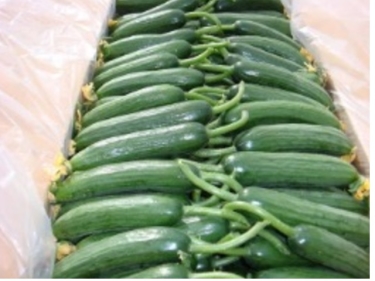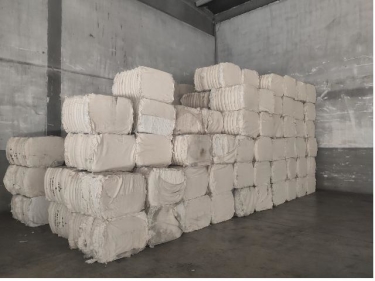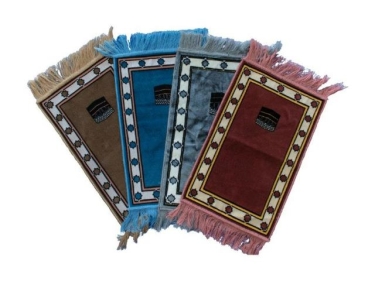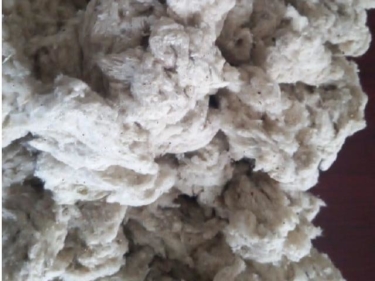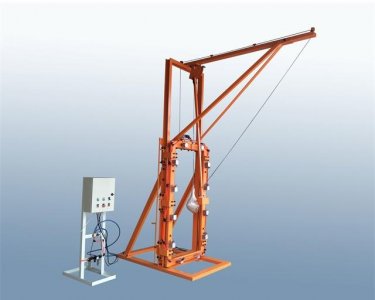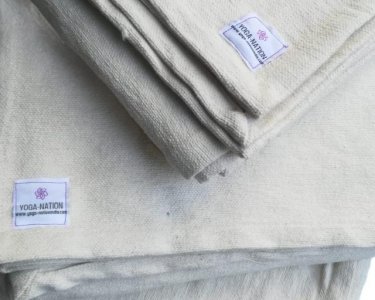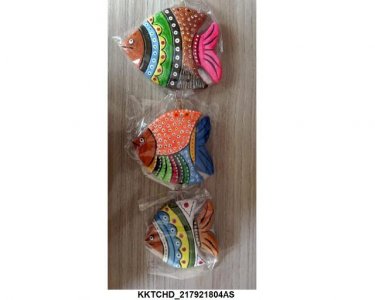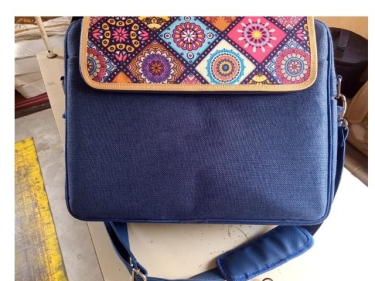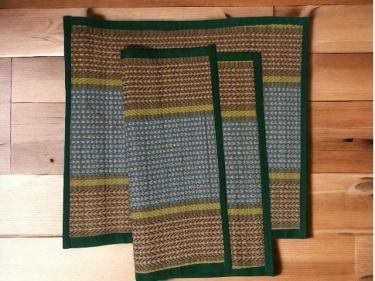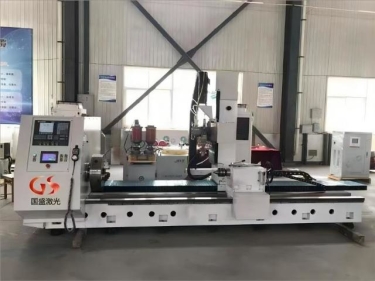Search Results for "papua new guinea" in "Papua New Guinea" on Export Portal
Active Filters
-
Keywords:
-
Country:
- Clear all
New Search
Couldn't find the product you want?
Fill out this form to request the product.
Exports

Papua New Guinea has large natural resources, including mineral and renewable resources, such as forests, marine (including a large portion of the world's major tuna stocks), and in some parts agriculture. The rugged terrain (including high mountain ranges and valleys, swamps and islands) and high cost of developing infrastructure, combined with other factors (including serious law and order problems in some centers and the system of customary land title) makes it difficult for outside developers. Local developers are handicapped by years of deficient investment in education, health, ICT and access to finance.
Agriculture, for subsistence and cash crops, provides a livelihood for 85% of the population and continues to provide some 30% of GDP. Mineral deposits, including gold, oil, and copper, account for 72% of export earnings. Oil palm production has grown steadily over recent years (largely from estates and with extensive out grower output), with palm oil now the main agricultural export. In households participating, coffee remains the major export crop (produced largely in the Highlands provinces), followed by cocoa and coconut oil/copra from the coastal areas, each largely produced by smallholders and tea, produced on estates and rubber.
Strong growth in Papua New Guinea's mining and resource sector led to the country becoming the sixth fastest-growing economy in the world in 2011, although growth is expected to slow once major resource projects come on line in 2015. Mining remains a major economic factor, however, with talks of resuming mining operations in the previously closed-off Panguna mine ongoing with the local and national governments.
One of the benefits associated with Papua New Guinea is that this country is rich in natural resources. The challenge is that the high cost for developing the infrastructure and rugged terrain has been exploited. Even so, some of the specifics for Papua New Guinea exports include agriculture, along with oil, gold, and copper. In fact, mineral deposits along with agriculture currently account for more than 70% of earnings for Papua New Guinea exports.
Papua New Guinea major exports include gold, oil, copper, coffee, cocoa, vegetable oils, fish and wood. Papua New Guinea's major exports partners are Australia, Japan, the Netherlands, China, Germany, Philippines, South Korea.
Papua New Guinea's main exports are:
- Gold
- Platinum
- Copper Ore
- Crude Petroleum
- Palm Oil
- Wood
- Silver
- Coffee
- Refined Petroleum
- Precious Metal Ore
Customs requirements of Papua New Guinea
Papua New Guinea Customs Contacts
Website: http://www.customs.gov.pg/
Address: P.O. Box 923, Port Moresby NCD
Telephone: (675) 322 6827
Papua New Guinea is an Oceanian country that occupies the eastern half of the island of New Guinea and its offshore islands in Melanesia, a region of the southwestern Pacific Ocean north of Australia. Its capital, located along its southeastern coast, is Port Moresby. The western half of New Guinea forms the Indonesian provinces of Papua and West Papua. The country is a member of the African, Caribbean, and Pacific Group of States, Asia-Pacific Economic Cooperation, Association of Southeast Asian Nations (observer), Group of 77, International Monetary Fund, World Trade Organization and other international organizations.
Import Clearance Procedures
The owner of the goods and anyone who causes the goods to be imported must retain all relevant records in relation to those goods for a period of 5 years from the date of import. If the owner or other person is selected for an audit these records will be examined to ensure compliance with the Customs Act. Failure to retain these records carries severe penalties including a term of imprisonment.
1.1 Lodging an import declaration:
The first stage of the import clearance procedure is to lodge an entry (Customs Form 15) through the DTI system. The entry can only be lodged by a licensed customs agent authorised in writing by the owner of the goods to act on his/her behalf. The customs agent will deal with all the requirements needed to clear the goods through Customs and Quarantine formalities.
1.2 Documents to Be Submitted:
The second stage is for the customs agent to print a hard copy of the entry and produce it to Customs at a designated Customs office with the following documents. (This process is only interim while awaiting all Agents to go on line. At a future date only nominated entries will require printing and producing with supporting documents)
- Invoice showing the correct value, quantity, description, etc.
- Bill of Lading or Air Waybill;
- Packing List;
- Customs Valuation Declaration;
- Certificate of origin and value (if applicable);
- Import Permits/ Licences/ Applications, etc (if prohibited/restricted);
- Any other documents as may be required by Customs.
1.3 Check the Declaration and Supporting Documents:
The third stage is the checking and verification of the declaration and the attached documents submitted to ensure the goods have been correctly classified using the Customs tariff, the correct value of the goods has been calculated and declared and the correct rate of duty has been applied. (At a future date this check will only be required on nominated entries, all other will be electronically cleared)
1.4 Payment of Duties and Taxes:
The fourth stage is payment of applicable duties and taxes as detailed on the notice of assessment. There are currently two means for payment of import duties and taxes; these are by cash or by approved company or Bank cheques, payable at a Customs office. (At a future date Electronic funds transfer will be a third payment option)
Once payment has been made to Customs the owner of the goods may only take possession of the imported goods once all transport, wharfage and other fees have been paid. Goods remain under the control of Customs until they are lawfully removed from a Customs Controlled Area.
1.5 Inspect and Release Cargo:
At any time up to the release of cargo from a Customs Controlled Area, Customs has the right to examine the imported goods to determine the nature, origin, condition, quantity and value of the goods declared to Customs. Customs may also examine consignments where intelligence and risk assessment indicates they may contain prohibited or restricted imports.
Export Clearance Procedures
1.1 Lodging an Export Declaration:
The first stage of the export clearance procedure is to lodge an entry (Customs Form 15) through the EDI system. The entry can only be lodged by a licensed customs agent authorized in writing by the owner of the goods to act on his/her behalf. The customs agent will deal with all the requirements needed to clear the goods through Customs, Quarantine and any other Government agency that has a regulatory role in relation to exports.
1.2 Prepare Supporting Documents:
- Export Invoice;
- Packing List;
- Bill of lading/Airway Bill;
- Certificate of origin and value (if applicable);
- Export License/ Permits (if applicable);
- Other relevant documents (if applicable).
1.3 Assessment Notice:
The third stage is for the customs agent to print a hard copy of the entry and produce it to Customs at a designated Customs office with the supporting documents. (This process is only interim while awaiting all Agents to go on line. At a future date only nominated entries will require printing and producing with supporting documents)
1.4 Check the Declaration and Supporting Documents:
The fourth stage is the checking and verification of the declaration and the attached documents submitted to ensure the goods have been correctly classified using the Customs tariff, the correct value of the goods has been calculated and declared and the correct rate of duty (if applicable) has been applied. (At a future date this check will only be required on nominated entries, all other will be electronically cleared)
1.5 Payment of Export Duties, Taxes (if any) and Official Receipt:
The fifth stage is payment of applicable duties and taxes as detailed on the notice of assessment. There are currently two means for payment of export duties and taxes; these are by cash or by approved company or Bank cheques, payable at a Customs office. (At a future date Electronic funds transfer will be a third payment option)
1.6 Inspection and Delivery of Cargo:
Once the goods have been delivered to a Customs Controlled Area and at any time up to the clearance of the vessel from Papua New Guinean waters, Customs has the right to examine the goods being exported to determine the nature, origin, condition, quantity and value of the goods declared to Customs. Customs may also examine consignments where intelligence and risk assessment indicates they may contain prohibited or restricted exports.
The owner of the goods and anyone who causes the goods to be exported must retain all relevant records in relation to those goods for a period of 5 years from the date of export. If the owner or other person is selected for an audit these records will be examined to ensure compliance with the Customs Act. Failure to retain these records carries severe penalties including a term of imprisonment.
Sources:
http://www.customs.gov.pg/05_commercial_trade_and_compliance/6_tariff_and_valuation/1_tariff.php
http://www.customs.gov.pg/03_travellers/6_prohibited_imports_and_exports.php



